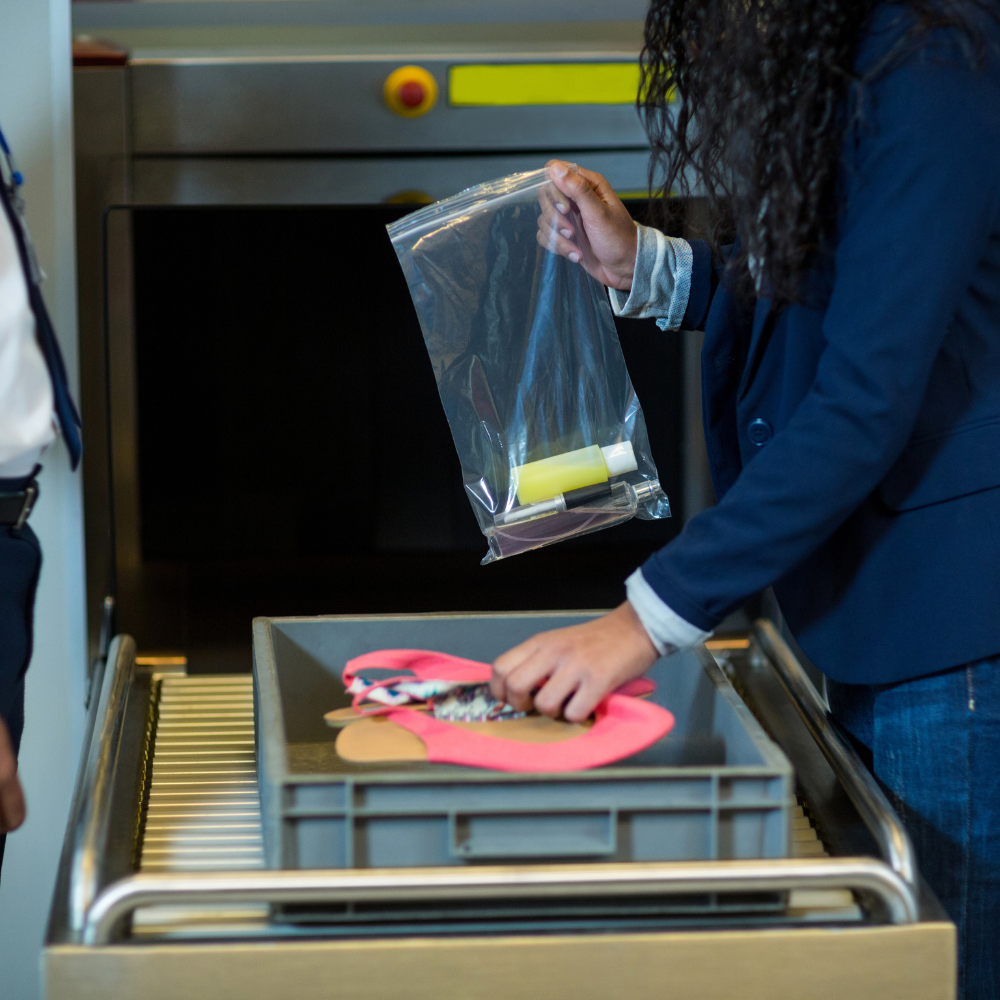 A finding made by Australian scientists that sheds light on the evolution of the bodies of vertebrates, including humans, includes the discovery of exquisitely preserved fossilized hearts and other internal organs of ancient armored fish.
The researchers on Thursday described the heart in placoderm fish, which lived on a tropical reef around 380 million years ago and pumps blood through the body's circulatory system. during the Devonian Period. The fossils date back 250 million years before the earliest known fish hearts.
An important period in the evolution of vertebrates, which include fish, amphibians, reptiles, birds, and mammals, was aided by the fossilized liver, stomach, and intestine from these placoderms.
In Western Australia's Kimberley region, close to the town of Fitzroy Crossing, the fossils were discovered in a location known as the Gogo Formation. They are unusual because, in contrast to hard objects like bones and teeth, soft tissue is rarely preserved as a fossil and even less frequently preserved in a strong three dimensions, like these are, rather than flattened.
According to vertebrate paleontologist Kate Trinajstic of Curtin University and the Western Australian Museum, the lead author of the study published in the journal Science, "the site is without a doubt one of the most important fossil sites in the world for understanding the early evolution of backboned animals, including the origins of the human body plan." Trinajstic said that placoderms, notable for their bony head and neck armor, constituted "our earliest jawed ancestors."
The two new species, Compagopiscis croucheri and Incisoscutum Ritchie, are both about 10 inches (25 cm) long and have shark-like asymmetrical tail fins, jaws with teeth and blade-like cutting edges, and broad, blunt-nosed heads.
The placoderms' hearts were shaped like those of sharks. It was composed of two chambers, one on top and one underneath, and was located at the front of the shoulder girdle, similar to sharks and bony fish today. Its structure is distinct from that of later vertebrates. Amphibians and reptiles have three chambers in their hearts, whereas mammals and birds have four.
The heart has shifted farther back along the body—or downward from the viewpoint of upright humans—in land vertebrates, which diverged from fish during the Devonian. The heart would be located near the base of the throat, between the collarbones, if it were in the same location as these placoderms.
The placoderm liver was large, allowing the fish to stay buoyant, similar to sharks. The liver demonstrated how placoderms evolved away from the jawless fish organ arrangement. The liver is squashed against and envelops the heart in jawless fish called lampreys. Like modern jawed vertebrates, placoderms had a heart-liver separation.
The placoderm stomach, which is shaped like a flattened and somewhat rectangular bag, has a distinct wall texture that is thick and honeycombed, implying that it contains glandular tissue. Spiral valves help with food absorption in the intestine. No lungs could be located.
According to paleontologist and study co-author Per Ahlberg of the University of Uppsala in Sweden, the transition from the ancestral jawless condition, reflected in modern lampreys and hagfish, to the jawed vertebrate body plan was the single most important step in vertebrate evolution.
A finding made by Australian scientists that sheds light on the evolution of the bodies of vertebrates, including humans, includes the discovery of exquisitely preserved fossilized hearts and other internal organs of ancient armored fish.
The researchers on Thursday described the heart in placoderm fish, which lived on a tropical reef around 380 million years ago and pumps blood through the body's circulatory system. during the Devonian Period. The fossils date back 250 million years before the earliest known fish hearts.
An important period in the evolution of vertebrates, which include fish, amphibians, reptiles, birds, and mammals, was aided by the fossilized liver, stomach, and intestine from these placoderms.
In Western Australia's Kimberley region, close to the town of Fitzroy Crossing, the fossils were discovered in a location known as the Gogo Formation. They are unusual because, in contrast to hard objects like bones and teeth, soft tissue is rarely preserved as a fossil and even less frequently preserved in a strong three dimensions, like these are, rather than flattened.
According to vertebrate paleontologist Kate Trinajstic of Curtin University and the Western Australian Museum, the lead author of the study published in the journal Science, "the site is without a doubt one of the most important fossil sites in the world for understanding the early evolution of backboned animals, including the origins of the human body plan." Trinajstic said that placoderms, notable for their bony head and neck armor, constituted "our earliest jawed ancestors."
The two new species, Compagopiscis croucheri and Incisoscutum Ritchie, are both about 10 inches (25 cm) long and have shark-like asymmetrical tail fins, jaws with teeth and blade-like cutting edges, and broad, blunt-nosed heads.
The placoderms' hearts were shaped like those of sharks. It was composed of two chambers, one on top and one underneath, and was located at the front of the shoulder girdle, similar to sharks and bony fish today. Its structure is distinct from that of later vertebrates. Amphibians and reptiles have three chambers in their hearts, whereas mammals and birds have four.
The heart has shifted farther back along the body—or downward from the viewpoint of upright humans—in land vertebrates, which diverged from fish during the Devonian. The heart would be located near the base of the throat, between the collarbones, if it were in the same location as these placoderms.
The placoderm liver was large, allowing the fish to stay buoyant, similar to sharks. The liver demonstrated how placoderms evolved away from the jawless fish organ arrangement. The liver is squashed against and envelops the heart in jawless fish called lampreys. Like modern jawed vertebrates, placoderms had a heart-liver separation.
The placoderm stomach, which is shaped like a flattened and somewhat rectangular bag, has a distinct wall texture that is thick and honeycombed, implying that it contains glandular tissue. Spiral valves help with food absorption in the intestine. No lungs could be located.
According to paleontologist and study co-author Per Ahlberg of the University of Uppsala in Sweden, the transition from the ancestral jawless condition, reflected in modern lampreys and hagfish, to the jawed vertebrate body plan was the single most important step in vertebrate evolution.
News In Focus
 Yash Ranjan09/19/202214
Yash Ranjan09/19/202214
Fish fossils from Australia provide insight into the evolution of vertebrates
 A finding made by Australian scientists that sheds light on the evolution of the bodies of vertebrates, including humans, includes the discovery of exquisitely preserved fossilized hearts and other internal organs of ancient armored fish.
The researchers on Thursday described the heart in placoderm fish, which lived on a tropical reef around 380 million years ago and pumps blood through the body's circulatory system. during the Devonian Period. The fossils date back 250 million years before the earliest known fish hearts.
An important period in the evolution of vertebrates, which include fish, amphibians, reptiles, birds, and mammals, was aided by the fossilized liver, stomach, and intestine from these placoderms.
In Western Australia's Kimberley region, close to the town of Fitzroy Crossing, the fossils were discovered in a location known as the Gogo Formation. They are unusual because, in contrast to hard objects like bones and teeth, soft tissue is rarely preserved as a fossil and even less frequently preserved in a strong three dimensions, like these are, rather than flattened.
According to vertebrate paleontologist Kate Trinajstic of Curtin University and the Western Australian Museum, the lead author of the study published in the journal Science, "the site is without a doubt one of the most important fossil sites in the world for understanding the early evolution of backboned animals, including the origins of the human body plan." Trinajstic said that placoderms, notable for their bony head and neck armor, constituted "our earliest jawed ancestors."
The two new species, Compagopiscis croucheri and Incisoscutum Ritchie, are both about 10 inches (25 cm) long and have shark-like asymmetrical tail fins, jaws with teeth and blade-like cutting edges, and broad, blunt-nosed heads.
The placoderms' hearts were shaped like those of sharks. It was composed of two chambers, one on top and one underneath, and was located at the front of the shoulder girdle, similar to sharks and bony fish today. Its structure is distinct from that of later vertebrates. Amphibians and reptiles have three chambers in their hearts, whereas mammals and birds have four.
The heart has shifted farther back along the body—or downward from the viewpoint of upright humans—in land vertebrates, which diverged from fish during the Devonian. The heart would be located near the base of the throat, between the collarbones, if it were in the same location as these placoderms.
The placoderm liver was large, allowing the fish to stay buoyant, similar to sharks. The liver demonstrated how placoderms evolved away from the jawless fish organ arrangement. The liver is squashed against and envelops the heart in jawless fish called lampreys. Like modern jawed vertebrates, placoderms had a heart-liver separation.
The placoderm stomach, which is shaped like a flattened and somewhat rectangular bag, has a distinct wall texture that is thick and honeycombed, implying that it contains glandular tissue. Spiral valves help with food absorption in the intestine. No lungs could be located.
According to paleontologist and study co-author Per Ahlberg of the University of Uppsala in Sweden, the transition from the ancestral jawless condition, reflected in modern lampreys and hagfish, to the jawed vertebrate body plan was the single most important step in vertebrate evolution.
A finding made by Australian scientists that sheds light on the evolution of the bodies of vertebrates, including humans, includes the discovery of exquisitely preserved fossilized hearts and other internal organs of ancient armored fish.
The researchers on Thursday described the heart in placoderm fish, which lived on a tropical reef around 380 million years ago and pumps blood through the body's circulatory system. during the Devonian Period. The fossils date back 250 million years before the earliest known fish hearts.
An important period in the evolution of vertebrates, which include fish, amphibians, reptiles, birds, and mammals, was aided by the fossilized liver, stomach, and intestine from these placoderms.
In Western Australia's Kimberley region, close to the town of Fitzroy Crossing, the fossils were discovered in a location known as the Gogo Formation. They are unusual because, in contrast to hard objects like bones and teeth, soft tissue is rarely preserved as a fossil and even less frequently preserved in a strong three dimensions, like these are, rather than flattened.
According to vertebrate paleontologist Kate Trinajstic of Curtin University and the Western Australian Museum, the lead author of the study published in the journal Science, "the site is without a doubt one of the most important fossil sites in the world for understanding the early evolution of backboned animals, including the origins of the human body plan." Trinajstic said that placoderms, notable for their bony head and neck armor, constituted "our earliest jawed ancestors."
The two new species, Compagopiscis croucheri and Incisoscutum Ritchie, are both about 10 inches (25 cm) long and have shark-like asymmetrical tail fins, jaws with teeth and blade-like cutting edges, and broad, blunt-nosed heads.
The placoderms' hearts were shaped like those of sharks. It was composed of two chambers, one on top and one underneath, and was located at the front of the shoulder girdle, similar to sharks and bony fish today. Its structure is distinct from that of later vertebrates. Amphibians and reptiles have three chambers in their hearts, whereas mammals and birds have four.
The heart has shifted farther back along the body—or downward from the viewpoint of upright humans—in land vertebrates, which diverged from fish during the Devonian. The heart would be located near the base of the throat, between the collarbones, if it were in the same location as these placoderms.
The placoderm liver was large, allowing the fish to stay buoyant, similar to sharks. The liver demonstrated how placoderms evolved away from the jawless fish organ arrangement. The liver is squashed against and envelops the heart in jawless fish called lampreys. Like modern jawed vertebrates, placoderms had a heart-liver separation.
The placoderm stomach, which is shaped like a flattened and somewhat rectangular bag, has a distinct wall texture that is thick and honeycombed, implying that it contains glandular tissue. Spiral valves help with food absorption in the intestine. No lungs could be located.
According to paleontologist and study co-author Per Ahlberg of the University of Uppsala in Sweden, the transition from the ancestral jawless condition, reflected in modern lampreys and hagfish, to the jawed vertebrate body plan was the single most important step in vertebrate evolution. 


